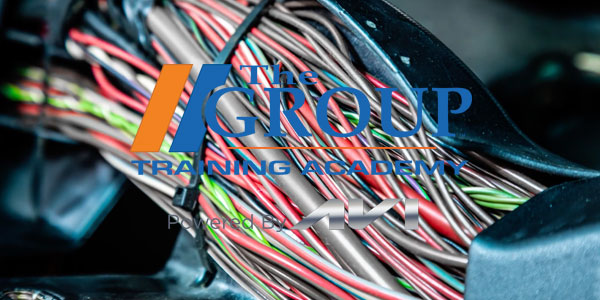Spark plug sales have been steadily declining for years. Spark plug service intervals of 100,000 miles or longer are common for most late-model vehicles, though a few are still being equipped with standard spark plugs. Vehicle manufacturers also are downsizing their engines for better fuel economy, using more four- and six-cylinder engines in place of V8s. All this contributes to a shrinking market for replacement spark plugs.
Therefore, when a vehicle does need spark plugs, it’s important to capitalize on the sales opportunity. A good rule of thumb is to replace same with same or better. If an engine was factory-equipped with platinum or iridium long-life spark plugs, they should be replaced with the same. If an engine was factory-equipped with standard spark plugs, you should recommend upgrading to platinum or iridium plugs. Yes, long-life plugs cost two to three times as much as standard plugs, but chances are your customer may never have to change plugs again if he upgrades to long-life plugs. This can be a real plus on engines where the plugs are difficult to change; such as those with coil-on-plug ignition systems, transverse-mounted V6 engines with limited clearance between the engine and firewall or accessory-laden V8 engines in tight engine compartments.
In most applications, long-life platinum and iridium spark plugs are capable of lasting upward of 100,000 miles. Factory recommended service intervals may range from 80,000 to 120,000 miles or more, but as a general rule, changing the plugs at 100,000 miles will assure optimum ignition performance. In actuality, many of these plugs will often go upward of 150,000 miles or more with no misfires or decrease in fuel economy or performance. Even so, the best advice is to stick with the factory recommended service intervals.
Many customers prefer to buy the same brand of spark plugs that was installed as original equipment in their engine. This is a legitimate inclination because OEM spark plugs undergo extensive durability testing for specific engine applications. Even so, another brand of spark plug may work just as well or even better, provided it has the correct heat range, electrode configuration and materials for the application.
Always follow the spark plug supplier’s application listings because their engineers know which plugs will work best in which engines. If you don’t see a listing for a particular engine application, there is probably a reason why.
Second-guessing what set of plugs might fit an unlisted application is never a good idea because the heat range might be too hot or too cold. A plug that is too hot increases the risk of engine-damage detonation, while a plug that is too cold may foul out and misfire.
When a customer is replacing high-mileage spark plugs, new plug wires or new coil-on-plug spark plug boots are also recommended in order to prevent flashovers and misfires. The use of anti-seize compound on spark plug threads is not recommended because it increases the risk of damaging the threads in aluminum cylinder heads from over-torqueing the plugs. Excess compound may also be extruded onto the tip of the plug, causing it to foul and misfire.












